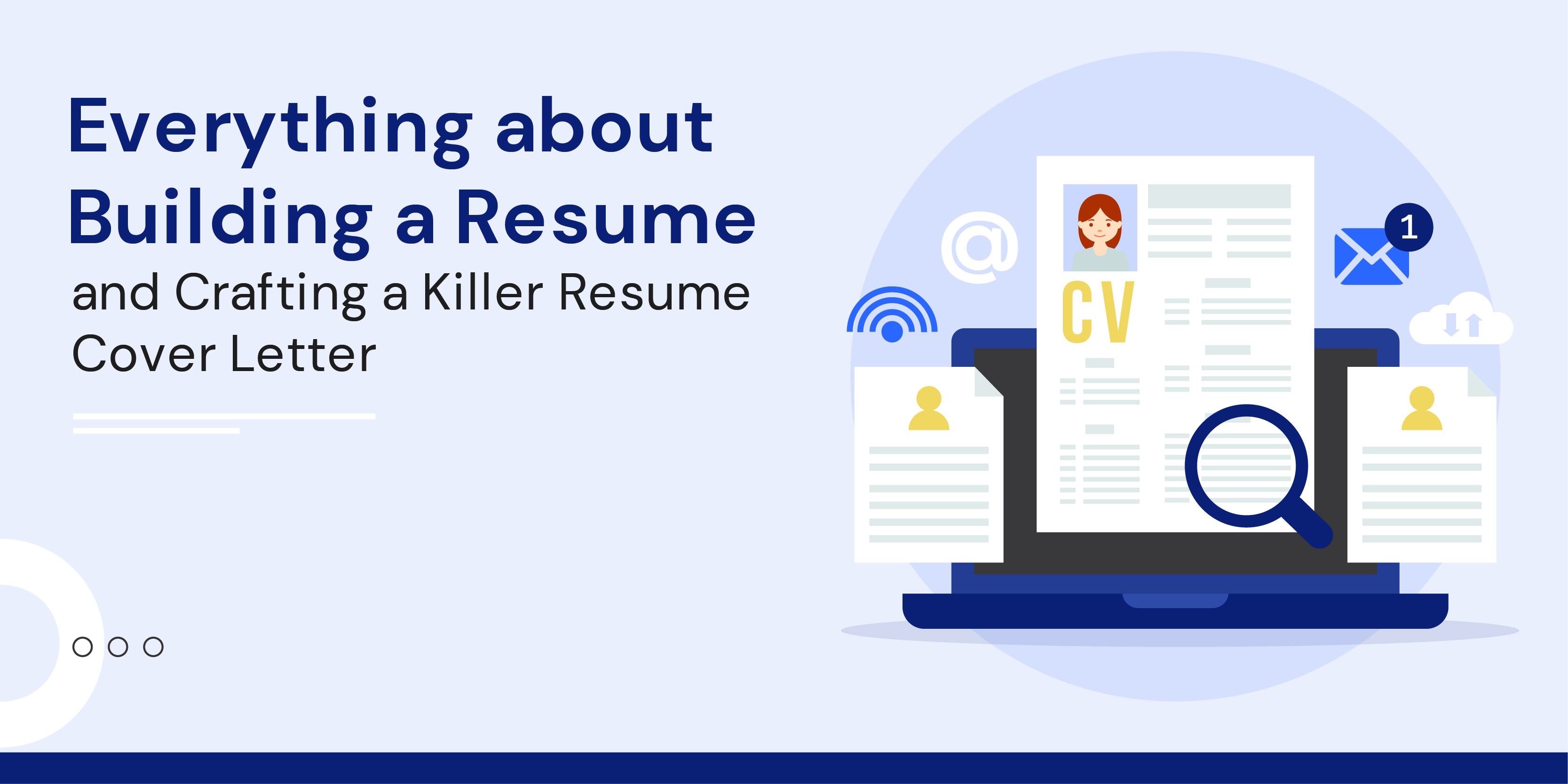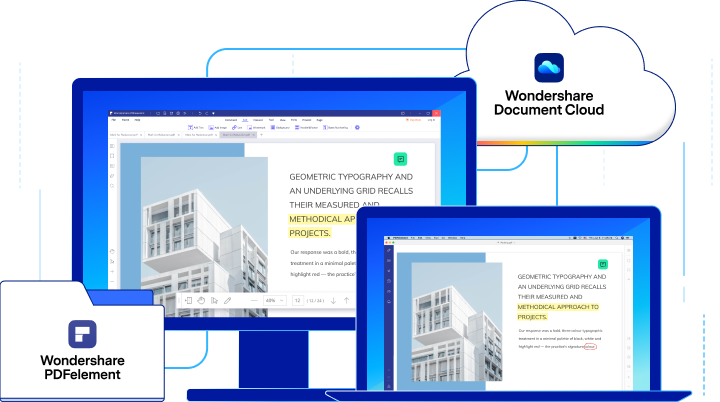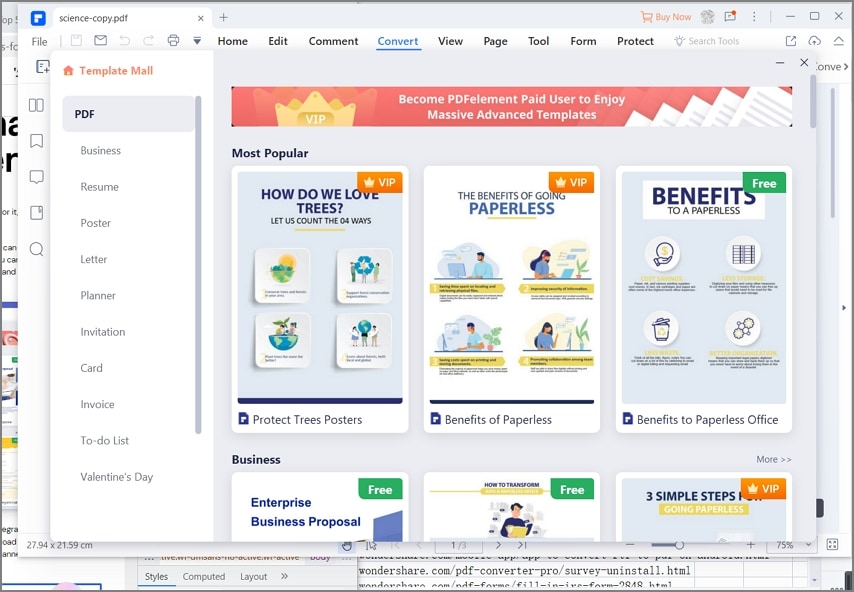
Building a resume is probably one of the most important things you’ll ever do in your career. And you’ll be doing more times than you realize or expect to. Unless you’re the kind to stick with a company for 20 or 30 years and make it to the top from the inside, like Satya Nadella or Sundar Pichai, you’re going to be preparing several versions of your resume throughout your career.
That being said, no matter what your qualifications are and how vast your experience, unless you can summarize it in one page (two at the most) and highlight the relevant and important points, the interviewer or person screening resumes isn’t going to spend more than a few seconds on it before tossing it into the “Rejected” pile. But if you have a stand-out resume and a compelling resume cover letter to go with it, you stand a good chance of being considered for the position you’re after - or at least getting a shot at a face-to-face interview.
What’s the Difference Between a Resume and a CV or Curriculum Vitae?
A CV is a much broader and deeper look into your academic qualifications and is, therefore, far more comprehensive than a resume. The latter typically follows a much shorter format since it simply highlights selected items from your CV that are relevant to the job for which you are submitting the resume.
Writing a resume is a complex task because it crams a lifetime of living, studying, playing, and working on one page! So how do you do it? How do you craft or write the most important profile you’ll ever write in your life? And how do you make it a top resume that leaps at the recruiter at first sight?
To understand the process of building a resume that gets results, it’s important to know various elements:
-
What should a top resume contain?
-
What are the do’s and don’ts (best practices of resume writing)?
-
Where can I find helpful resources to write my resume?
Keeping that in mind, let’s look at three areas: content, best (and worst) practices, and resume resources.
The Art of Building a Top Resume
Compiling the ultimate top resume is an art form that would serve you well to master. Thankfully, however, you don’t need to be a master to write a resume that hits the sweet spot for the recruiter. The first thing to know is what to put into a great resume - or any resume, for that matter.
Although you may be using a template to write a resume, make sure that it contains all the necessary elements, as defined by the University of Washington’s DO-IT program.
8 Components of a Top Resume
-
Personal Information - name, phone, address
-
Objective (only when switching careers) - a one-sentence summary of your goal or purpose for applying
-
Education - name of institution, location, graduation date, course highlights, and certifications
-
Work Experience - job title, company, period, key aspects and achievements during that time
-
Awards and Achievements - any relevant recognition you’ve received in the past
-
Activities/Hobbies - only those that may be relevant to the job application
-
Skills - soft and hard skills
-
References - keep these in a supplementary file, not the main resume
Finally, DO-IT suggests, “For your resume to be scannable it should use Sans Serif type, little formats, no Italics, and no underlining.”
...which brings us to formatting a resume.
To help build a resume that has a powerful visual impact at first glance, it is important to format it the right way. There’s no point in listing out pages and pages of work experience because the recruiter is not likely to move past the first page. That’s why these resume formatting tips should help guide you to the right format:

10 Make-or-Break Resume Formatting Tips
-
Keep it to one page unless absolutely necessary - it usually isn’t
-
Don’t write in paragraphs - keep it to bullet points no longer than two lines each
-
Use adequate white space to avoid the cluttered look - 1 or 1.15 line spacing between lines of text and double spacing below subheadings
-
Fonts should be in the range of 10 to 12pt, sans serif, no special formatting
-
Use no more than two common sans serif font types for the entire document
-
Dates and locations should be right-justified
-
Margins should be at least 0.5 inches on all sides
-
Keep underlining, bolding, italics, etc. to a minimum
-
Never send your resume in Word format unless explicitly requested by the employer
-
Optimize your resume for Application Tracking Systems (ATS)
So now we have the content and format squared away, what are some of the best practices when it comes to writing the best resumes? Equally important is knowing what NOT to do when writing a resume.
Before we get into that, we need to master the process of actually writing the resume, so let’s get to it.
The Process of Resume Writing

The basics of resume writing are fairly simple and mostly based on good sense. Things like making sure your contact information is accurate might seem like minor points but they’re actually make-or-break elements of a resume. For example, if a recruiter sees a smudged phone number or tries to send an email to an old ID, that could be the end of the line for you - at least, where that particular job is concerned.
To help guide you through these murky waters, we’ve put together the process flow for resume writing as outlined by one of the world’s top job portals. This will tell you how to go about filling whatever template you’re using and save a huge amount of time by helping you avoid any confusion.
The 10-Step Guide to Writing a Powerful Resume
1. Adding your contact information - An employer is only going to look for your contact information if they want to take it to the next step. However, it is the part you begin with so you can slowly immerse yourself into the process.
-
Make sure you put current contact information
-
Offer multiple ways to get in touch - email, phone, LinkedIn, etc.
-
The address is important because they may want to hire locally
2. Adding a resume summary - Every resume must have an executive summary that is short, accurate, and descriptive. It should tell the recruiter why you’re the right candidate for the job. Be sure to include the following in your resume summary:
-
Your positive qualities
-
Your relevant skills, qualifications, and certifications
-
Your experience
3. Adding work experience to your resume - This is the main section of your resume so pay close attention to detail. You want this section to be concise yet informative. Here are some tips:
-
Don’t overdo it - this section needs to be quickly readable in a few seconds
-
Write it in reverse chronological order - most recent experience first
-
Make sure the name of the company is prominent
-
Use bullet points rather than paragraphs
-
Highlight key accomplishments and achievements
-
Be specific - use actual numbers and percentages
-
Use keywords from the job description (this helps with ATS (application tracking system) algorithms)
4. Adding education to your resume
-
Only list your most recent qualification
-
If you’re still studying, leave the end date blank
-
List your academic awards
5. Adding relevant skills - If you feel that you have skills that may be relevant to the job description, use a separate section to highlight these.
-
Include hard and soft skills
-
Add your level of proficiency in each skill
-
Only add skills that match the job description (JD)
6. Add achievements and awards - Employers need to know if you were awarded “Employee of the month”, “Salesperson of the year”, etc. Be sure to add only those accomplishments that are relevant to the job you’re after
7. Format the resume appropriately - It should be a standard business format with the following components:
-
Header information
-
Easy-to-read sans serif font (10pt to 12pt)
-
No colorful text highlighting
-
Spacing
-
Limited bolding and italics
8. Using keywords - Keywords are useful for two things - the ATS scanning your resume and the recruiter who first sees it.
-
Use keyword hints from the JD to sync with the recruiter’s thinking
-
Keywords should have a direct relation to the job role
9. Look at top resume examples - Reviewing some great resumes will help you arrive at the ideal format suitable to your profile and personal preference.
-
Study the various formats in use
-
Analyze the language for professionalism and brevity
-
Look at what leaps out of the resumes you review and use those elements
10. Choose a template - If you’re using PDF, consider the Template Mall from Wondershare, which is free for all PDFelement Windows users.
Wondershare PDFelement Pro DC
Simplify your Workflow with the PDFelement Cloud.

-
Professional-looking templates
-
ATS-friendly (machine-readable, searchable, editable)
-
The latest trending designs
-
Fully customizable using PDFelement
Template Examples from the Wondershare PDFelement Template Mall

Now that you’re familiar with the process of writing a resume, here are some of the key do’s and don’ts of building a resume:
40 Do’s and Don’ts When Writing a Top-notch Resume
Writing a Resume - 20 “What To DO” Tips |
|
| 1 | Identify what job you’re looking for - different job roles require different resumes, even for the same person. |
| 2 | Make sure your resume matches the job description of the position you’re applying for. |
| 3 | Highlight all the positives and achievements, even minor ones |
| 4 | Use a consistent format for all sections of the resume |
| 5 | Utilize positive, action-oriented, active-voice statements regarding your work experience. |
| 6 | Bring all relevant sections (relevant to the role being sought) to the top of the document and highlight key points within those sections. |
| 7 | Add key highlights in short bullet points rather than long paragraphs |
| 8 | Sequence the resume in reverse chronological order (most recent experience first, as seen in LinkedIn) |
| 9 | Add hard data where possible - percentages, numbers, etc. |
| 10 | Include a section for transferable skills such as research experience, certifications, etc. - this will help if you don’t have relevant work experience (students, switching careers, etc.) |
| 11 | Ask someone in the same field to vet your resume before you submit it. |
| 12 | Optimize your resume for ATS (Application Tracking System) software. |
| 13 | Highlight promotions/moves within the same company, including the timelines. |
| 14 | Include a summary statement at the top with relevant keywords. |
| 15 | Be 100% honest in your resume. |
| 16 | Use simple, powerful language - don’t use big words unnecessarily, except for industry jargon. |
| 17 | Keep it to one page. |
| 18 | Use a resume template. You can find free or premium resume templates online. |
| 19 | Have a Master Resume containing all your details; you can use this to extract data for job-specific resumes later on. |
| 20 | Use proper text formatting for past positions and company names (H2, H3, etc.) |
Now that you’re aware of the best (and worst) practices of building a resume, what about the logistics of maintaining an up-to-date resume and keeping it ready for distribution? That’s the last section we’re going to cover today:
How and Where to Store Your Resumes
We’ve already seen that PDF is the perfect file format for a resume. The main reason is that PDF renders accurately no matter what device you view it on, what operating system your computer is running, or any other factor that affects file types such as .txt and .docx. That means potential recruiters see it exactly the way you created it, without any alignment issues, formatting errors, etc.
The Challenge: Your goal is to have your resumes accessible from anywhere but still handy enough for you to be able to update them from time to time to keep them relevant and fresh.
The Answer: The perfect solution… a cloud-based storage and file-sharing platform dedicated to PDF!
Introducing Wondershare PDFelement Cloud
PDFelement Cloud is a purpose-built cloud storage platform for PDF workflows.
-
It includes powerful encryption protocols to keep your files safe and confidential
-
It allows you to share your PDFs with recruiters using secure links and via email
-
Collaborative commenting lets others provide feedback in real-time (ideal for mentors, referees, and anyone helping you build your resume)
-
e-Signature feature - apply a legally binding electronic signature to your resume to make it look professional
-
Get up to 100GB of storage space for all versions of your resume
-
Easy and secure access from any browser on a connected device - share, download, comment, sign, etc.
-
Integrated with PDFelement Pro DC for Windows - the affordable Adobe Acrobat alternative (Try It Free)
-
Free professional resume templates for all PDFelement Windows users from the Template Mall hosted by Wondershare



